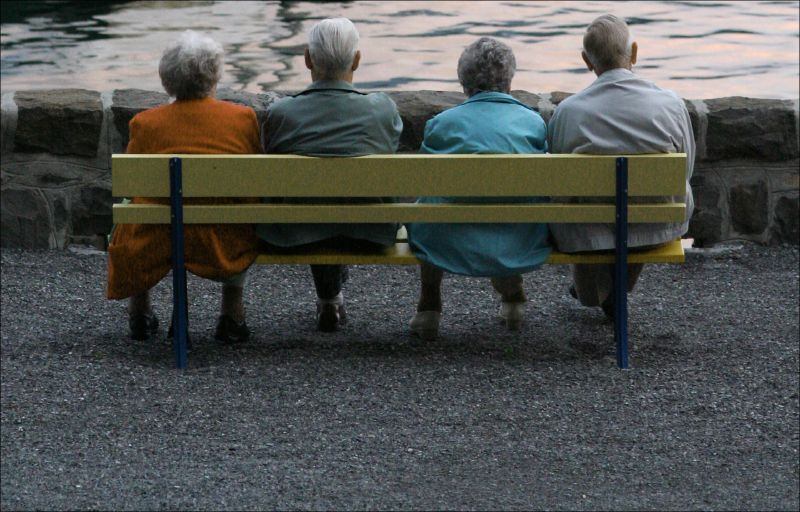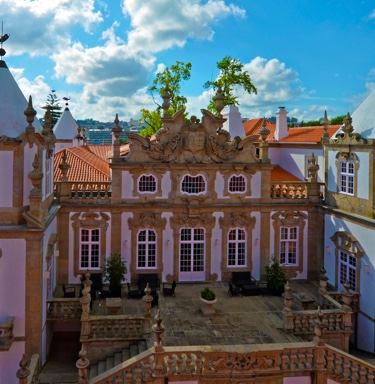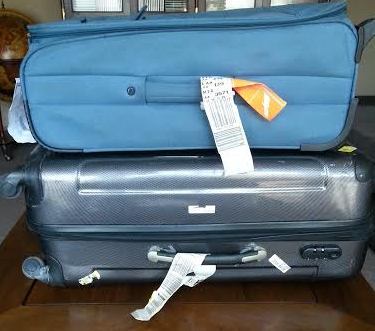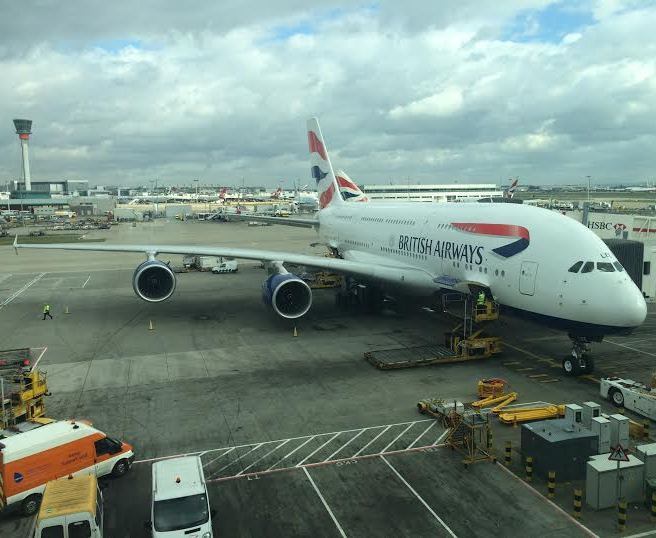Eye on Travel
Radio Guest List — Ovolo Woolloomooloo in Sydney, Australia — June 15, 2019
Ovolo Woolloomooloo Hotel
This week, Eye on Travel broadcasts from the Ovolo Woolloomooloo in Sydney, Australia. We’ll have another update on the Boeing 737 Max investigation. Then, we’ll discuss everything from the latest jet lag research to airline food and the world’s longest flights. Joining Peter is legendary Australian chef Neil Perry, who shares his secrets on the science of airline food. Then a look at Project Sunrise, the Qantas project to support a 20-22 hour nonstop flight (from Sydney to London). Dr. Sveta Postnova from Sydney University, details the latest work on jet lag and what we now know that can actually help us combat it. And, Sandra Chipchase, Executive Producer of Vivid Sydney Festival, breaks down Australia’s largest event, complete with 23 separate venues and 61 artists. There’s all of this and more when Eye on Travel broadcasts from the Ovolo Woolloomooloo in Sydney, Australia.
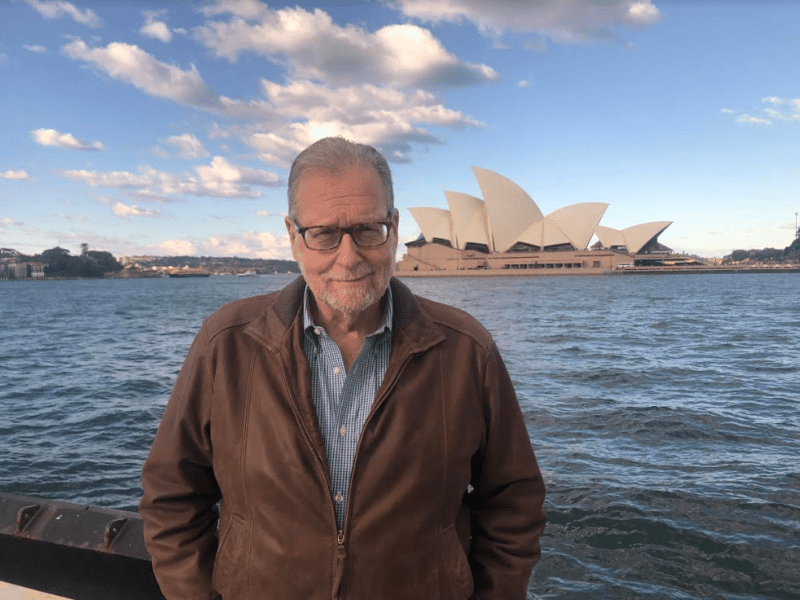
Click here to listen to the show streaming live from 10 a.m. until 1 p.m. ET on Saturday, June 15, 2019.
Have a travel question? Then ask Peter. E-mail him at peter@petergreenberg.com, or tweet your questions to @petersgreenberg (include #AskPeter).
Neil Perry, Qantas Airways Creative Director of Food, Beverage & Service, shares the secrets to his successful career in airline food. In recent years, airlines have come to realize that food is an integral part to their services. Perry has worked in the industry for 22 years, and he always ensures that the best quality food is served to anyone flying in a Qantas plane. With a full-time staff of 12, Perry runs his airline staff just like he runs his restaurant. Not only does he have an efficient staff, but he is also an efficient recycler. He is a firm believer that “everything within the airline has the ability to be recycled.”
Phillip Capps, Head of Product Strategy and Development at Qantas Airways, unveils what’s new in long-haul flights. In the United States, there are several places you can fly straight to Australia including Los Angeles and Dallas. One of the most popular flights, spanning 17.5 hours, is the flight from London to Melbourne. Decades ago, these flights could not be made nonstop or were 20 hours and more for a straight flight. Now, due to technological advancements, these flights are feasible.
Emma Joyce, Editor-in-Chief of Time Out Sydney, gives insight into to what life is like in Sydney. A former resident of the United Kingdom, Joyce enjoys her life as a citizen of Australia. She has experienced many of Sydney’s great wonders including kayaking under the Sydney Harbour Bridge, jetting in a boat around the harbor, and listening to the Handa Opera. Joyce loves Sydney’s vibe and how on any given day, there are free electric barbeque pits at the park for public use. She offers great advice for eateries to visit while in Sydney like Harry’s for meat pies and Love, Tilly Devine for its wine bar.
Bruce Hopkins, Head Lifeguard of Waverly Council, chats with Peter about his everyday duties as a lifeguard. In the 28 years that Hopkins has been a lifeguard, he has seen everything. Currently, as the head lifeguard of over 20 years, Hopkins presides over three beaches in his jurisdiction. According to him, 30,000 to 40,000 people visit the beach in a day. And during the course of the day, he says that 50 to 100 people will be saved.
Katie Dundis, Travel Writer and Blogger of The Accidental Australian, expresses just how she became an accidental Australian. Born and raised in the United States and having attended college in the United Kingdom, Dundis feels that Australia is a cross between both. Dundis loves to climb the Sydney Harbour Bridge and to bushwalk with her friends. She can’t see herself leaving such a beautiful place.
Chad Staples, Director of Life Sciences at Featherdale Wildlife Park, shares his fascinating facts about Australia’s most beloved creatures. Did you know that 90% of the world’s marsupials live in Australia? Of the 90%, the most famous are the kangaroos and the koalas. Although the kangaroos and the koalas are well-known, there are some things many people do not know about them. For example, there is not one type of kangaroo but there are many. Also, koalas are not cuddly and easy to hold. In fact, when holding a koala, they tend to scratch you with their gigantic claws.
Kim Mckay, Director and CEO of the Australian Museum, expounds on Australia’s history and the history of the museum. Housing 21.9 million objects, the Australian Museum beholds an unparalleled amount of history. Australia has the longest continual indigenous culture in the world as well as the largest collection of natural science and cultural material in the Southern Hemisphere. The museum, which was founded in 1827, also manages to encompass all of the animals who call Australia home.
Sandra Chipchase, CEO of Destination New South Wales and Executive Producer of Vivid Sydney Festival, breaks down the Vivid Sydney Festival. The festival consists of three pillars (music, ideas, and lights) and is Australia’s largest event. The event offers 23 venues with 61 different artists from various different genres for every age group. Additionally, the event has a spectacular light show. The lights are LED, solar-powered and made out of recycled plastic. The lights also exert one-tenth of the amount of energy of normal lights.
Dr. Sveta Postnova, Researcher at Sydney University, imparts her knowledge about jet lag and its effects on the body. There are several components to jet lag. The most prominent are a traveler’s fatigue, misalignment of a person’s biological times, and light. A traveler’s fatigue, which is achieved through traveling, causes the passenger to become lethargic. Once a passenger gets off a plane, the body is not aligned with the new time in the new location. As for light, light is one of the largest components of jet lag, because your body reacts to how much light is in your environment.
Written By A.J. Walker





